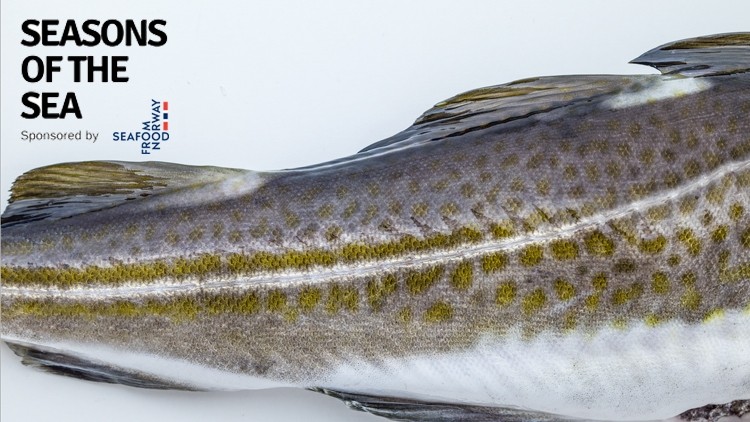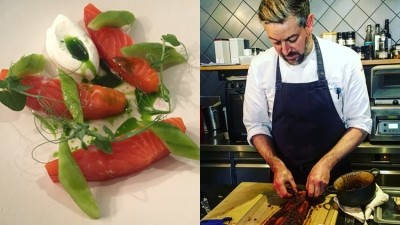Take a fresh look at frozen

Norway is home to one of the world’s largest and most abundant supply of sustainable cod and haddock. The country’s cold and clear waters give the fish their distinctively chunky, succulent white flesh and 100% of Norwegian cod and haddock is MSC certified.
More surprisingly, maybe, is that Norwegian cod and haddock are frozen-at-sea, meaning that the nutrition of the fish is locked in. The fish are frozen at sea to -20C on board some of the finest fishing vessels within hours of being caught, with the vessel workers carefully filleting, grading, packing and quick-freezing to lock in the Arctic freshness, keeping it tasting as fresh as possible for customers all around the globe. This ensures that the product you cook with is of the best possible quality and reaches the diner at its peak.
Frozen vs. fresh
Frozen fish often suffers from an image problem when compared to ‘fresh’ fish. Research has shown that 57% of consumers assume that chilled fish has a higher freshness quality than frozen. Yet frozen fish is often a much fresher product and freezing fish at sea is the best way to lock in its freshness.
Norway has been exporting Frozen-At-Sea cod and haddock to the UK for nearly 70 years and is an expert in the process. White fish can be frozen and defrosted several times without it affecting the flavour or texture – but it needs to be done fast. When fish is slow-frozen, large crystals form and damage its cells but, by contrast, Norwegian cod and haddock is filleted and frozen almost as soon as the fish is removed from the water. The short catch to pack times and limited handling means that frozen should be seen as a mark of quality and in many instances fresher than what many people often call fresh.
“We widely understand and accept the benefits of using frozen peas and other vegetables as they are harvested and frozen at their peak to preserve quality, flavour and nutrients, why not seafood?,” says Hans Frode Kielland Asmyhr, UK Director at Norwegian Seafood Council. “We want the restaurant industry to take a fresh and closer look at frozen at sea produce – and understand how the defrosting process is crucial to getting the best out of the fish – to ultimately consider and appreciate the benefits for working with these products in the kitchen.”
The additional benefits of Frozen-At-Sea
Fish that is frozen at sea is often not only better quality than some fresh fish but it can be a better product for chefs to use. With Frozen-At-Sea Norwegian cod and haddock, chefs have more control of their stock and can better plan their menus. “Working with frozen products helps the restaurant sector with stocks, wastage and year round availability,” says Hans Frode Kielland Asmyhr.
If frozen fish is stored correctly it can still taste fresh after 12 months, which is a key consideration for chefs when using such a perishable product.
Sustainability is also just as important for Frozen-At-Sea as it is fresh fish and Norwegian vessels are members of The Frozen At Sea Fillets Association (FASFA). All Norwegian vessels have compulsory vessel monitoring systems and electronic reporting. Even the general public can track fishing vessels through sites such as marinetraffic.com – this is an important measure to assure sustainable and credible fisheries management in the future.
“Over the years the industry has evolved from free fishing to strict regulations,” adds Hans Frode Kielland Asmyhr. “Fisheries use a range of catch methods, from trawling to hand-line, and Norway was actually the first country to implement a quota system. The quotas that have been put in place are recommended by ICES.
“By implementing these strict quotas, it enables them to maintain healthy fish stocks, ensuring they have never – and will never – overfish.”
































